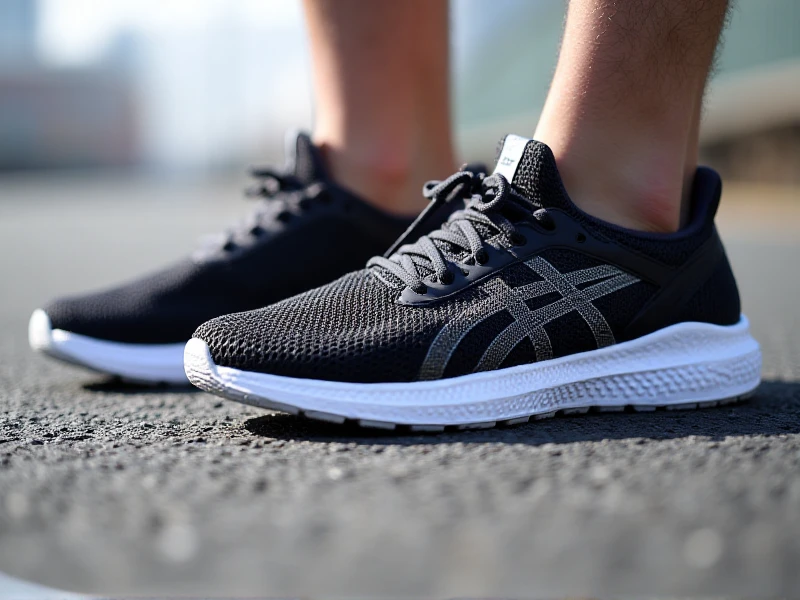Your Guide to Selecting the Perfect Men's Training Shoes
2025-06-04

Finding the right men's training shoes can mean the difference between crushing your workout and nursing an injury. These versatile kicks aren't just another pair of sneakers—they're engineered for dynamic movement, explosive power, and all-day comfort. Whether you're hitting the weights, taking a HIIT class, or mixing cardio with strength circuits, proper footwear is foundational.
Why Dedicated Training Shoes Matter
Training shoes differ from running shoes in three crucial ways. First, they feature a flatter, wider sole for stability during lateral movements. Second, they offer reinforced sides to handle side-to-side sprints and jumps without rolling your ankle. Third, they provide balanced cushioning—too much padding compromises weightlifting stability, while too little strains joints during box jumps. The sweet spot? Flexible yet supportive construction that adapts to squats one minute and agility ladders the next.
Key Features to Consider
1. Weight Distribution: Look for shoes with a low-to-ground feel (typically 4-8mm heel drop) to maintain posture during lifts. Brands like Nike Metcon and Reebok Nano excel here.
2. Multi-Directional Traction: Diamond-patterned rubber outsoles grip gym floors during sled pushes or burpees without leaving marks.
3. Breathable Uppers: Mesh materials like Adidas' Primeknit prevent overheating while wrapped lacing systems secure your midfoot during pivots.
4. Durable Toe Caps: Rubber reinforcement shields feet from dropped weights without adding bulk.
5. Arch Structure: Neutral arches suit most athletes, but high-intensity trainers may need rigid heel counters for jump landings.
Top Shoe Types Breakdown
- Cross-Trainers: Ideal for circuit workouts (e.g., Nobull Trainer ). Wider bases handle heavy squats, while breathable materials vent heat during conditioning.
- Lifting-Focused Shoes: Features like raised heels (Romaleos 4) improve squat depth but limit cardio usability.
- Hybrid Models: Versatile options like Under Armour Tribase Reign 5 transition seamlessly from treadmill runs to kettlebell swings.
Pro Tips for Longevity
Rotate between two pairs to decompress foam midsoles, extending cushioning life. Post-workout, remove insoles and let shoes air dry—never machine wash. Store away from direct heat to prevent glue deterioration. Replace every 300–500 miles (or when treads flatten), as worn soles increase injury risk during plyometrics.
Style Meets Performance
Modern men's training shoes blend aesthetic flexibility with technical specs. Brands now offer everything from minimalist black designs to color-blocked styles matching gym gear. Water-resistant options emerge for outdoor bootcamps, while knit uppers provide sock-like comfort without laces.
In your quest for the best men's training shoes, prioritize versatility over specialty. Test shoes at day's end when feet swell to their largest. Walk, jog laterally, and mimic a bodyweight squat in store aisles. Listen to your joints—if arch pinching occurs immediately, move to the next pair. Premium options ($100–$140) typically deliver 12–18 months of high-performance support, making them worth investing in your safety and gains. Remember: the right shoe elevates every rep, leap, and sprint toward your fitness peak.
Category: